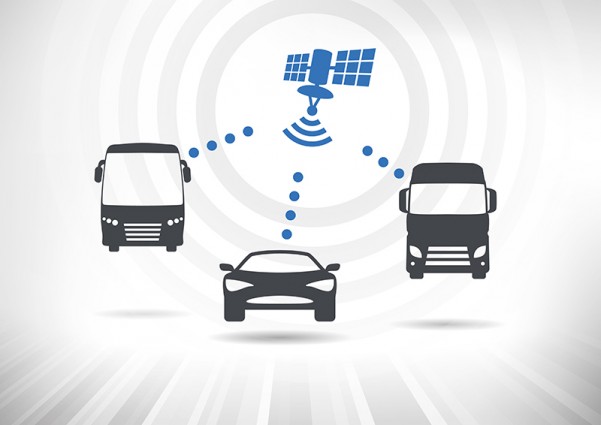Driver Monitoring Technology: Pros and Cons
Computer aided driver monitoring technology or Telematics is radically changing the future and outlook of the automobile industry. Telematics based insurance is also known in the industry as black box technology based on the way it works.
In this new technology, a small black device gets attached to your vehicle for purposes of recording the speed, distance for purposes of tracking the vehicle in the event of an accident or theft.
Driver Monitoring Technology Pros and Features
This concept is not really any different from the traditional auto insurance. Only that it comes with several new features, packages, premiums, terms and conditions for different types of drivers and users.
- Satellite Navigation
A key feature of driver monitoring technology is that it comes with new safety features. Integrated in your vehicle power or audio systems, the new satellite based navigation devices assists in tracking directions using GPS technology, and no doubt this enhances security.
- Vehicle Tracking
Services offered by driver monitoring technology or Telematics allow you to keep track of your vehicle as well as the business products. Besides the benefits of personal use, this vehicle tracking technology may also be utilized by moving and service companies in tracking employee location and in planning out the vehicle routes for convenience.
- Emergency Assistance and Roadside Assistance
All the auto road emergencies which are not related to a crash can be reported as soon as they occur through simply pressing a certain system button. In instances of a mechanical error, it is possible to utilize the embedded GPS for purposes of locating the available nearby roadside assistance.
- Automatic Collision Notification
The technology is also known as the Black Box because of the automatic collision notifications modem that keeps the recordings protected and safe even following a severe auto accident. The technology is similar to what is used in airplane’s black box.
If you sustained severe injuries in a motorcycle accident due to another driver’s negligence, learn how a lawyer can help in motorcycle accidents on Kiley Law Group’s website. On the other hand, victims of a truck accident may need the services of a semi truck accident attorney to ensure that their rights are protected.
Driver Monitoring Technology Cons
Being a relatively infant insurance product, there are several drawbacks that as a user you should understand prior to moving ahead with the technological product for insurance purposes.
Relatively New Technology
A major consideration when it comes to this new technology arises from its newness. For example, as of April of last year (2015) standardized regulations had not been put into place on exactly what is being captured and how this is being done.
This could potentially mean that if a driver monitoring technology customer desires to switch or swap insurer (at time of renewal), the new insurer could decline to accept or honor their current data – on location, braking, speed, cornering as well as time of use, simply because the data was gathered differently from their own methods.
In such a case, any hoped-for reductions gained from careful driving could get lost, meaning that you as the driver will not benefit—as you would have had you been on a traditional insurance policy.
Privacy and Data Protection
This new technological security solution may greatly interfere with your own personal privacy through recording private data which you may now wish to disclose. Additionally, the majority of companies providing the new driver monitoring technology are also offering backup data support. This means that your personal recorded data is received and maintained by their respective data centers.
Vehicle Use Restrictions
Some insurers offer policies that are pay-as-you-drive based, charging for cover per mile. Others might impose early hours or night-time curfews that come with fines in case a driver breaks them. This for example, may be suitable for young drivers, although it may be disadvantageous if occasionally you have to drive some long distances after dark.
Possibility of Wrongfully Prompting Driver Action
While typically the new technology is seen as an excellent method of encouraging and nurturing good driving, it is important to consider that there could be the possibility of the driver altering his or her driving habits inappropriately. This is because the black box only informs you what the auto is doing and not what the driver is actually doing.
If for example, in case a driver needs to perform some sharp braking in order to avert an impact but they end up braking softly so as to please the car’s black box, possibility of some serious bad unintended consequences happening are quite high.
Telematics insurance or driver monitoring technology is growing rapidly and within a few years it is going to become more systematic. This will be when more standardized regulations and rules become clearer and institutionalized. Many motor industry analysts are seeing this new technology as the future of roads and it may also turn out to be the right solution for you as a driver. Until they perfect the technology, however, it might be better for insurance companies to simply require a course from a defensive driving school online instead. | Images via Shutterstock









